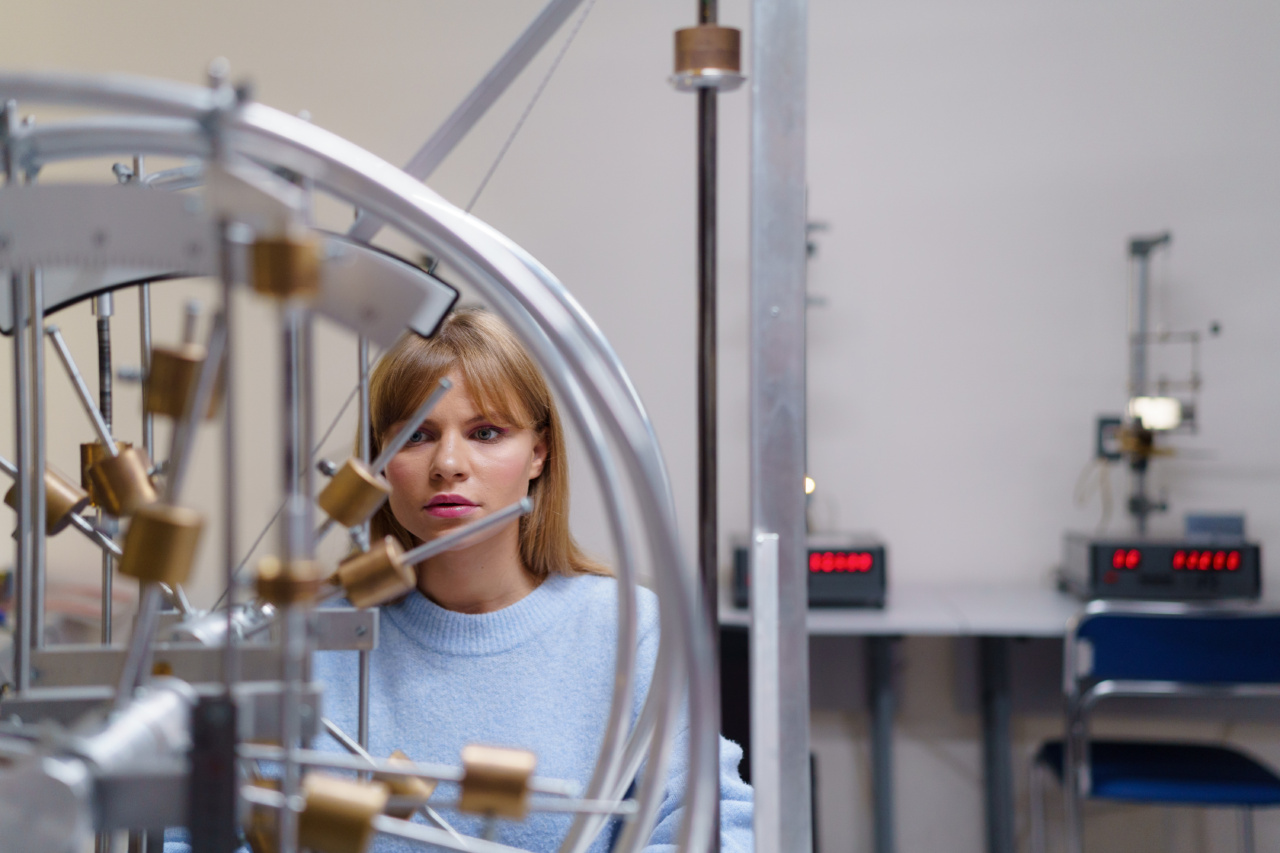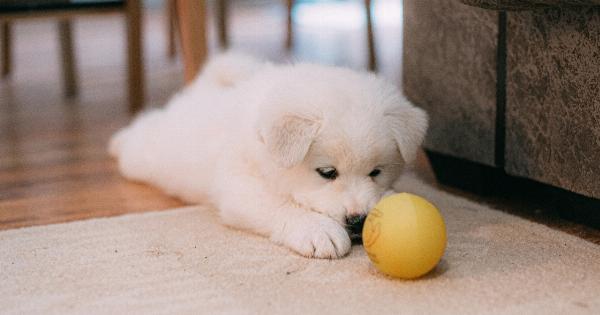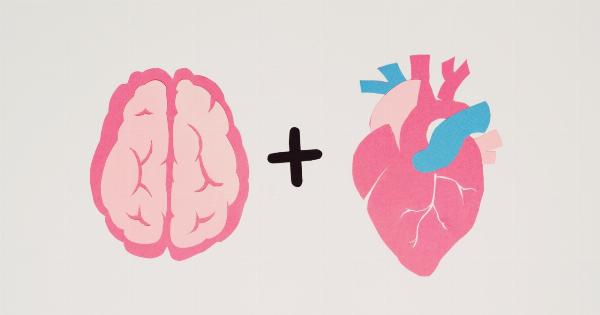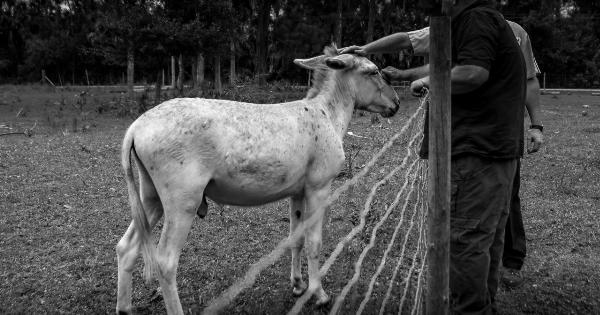Dogs have a way of captivating our attention with their adorable and sometimes intense stare. Whether they are begging for food or seeking our affection, their persistent gaze often leaves us wondering what goes on in their minds.
This behavior has been the subject of much scientific inquiry, and researchers have uncovered several fascinating reasons behind a dog’s persistent stare. In this article, we will delve into the science behind this intriguing behavior and explore four possible explanations.
H2 Tag 1: Seeking Attention and Affection
One of the most common reasons why dogs stare persistently at their owners is to seek attention and affection. Dogs are highly social animals, and they have evolved alongside humans for thousands of years.
As a result, they have developed a deep emotional bond with us. When they stare at us, they are essentially trying to communicate their desire for interaction and affection.
This behavior is particularly common among companion breeds and can be seen as a display of loyalty and the need to connect with their human companions.
H2 Tag 2: Emotional Bond and Communication
Research has shown that the intense gaze between dogs and humans triggers the release of oxytocin, often referred to as the “love hormone.” Oxytocin is associated with feelings of attachment, bonding, and trust.
When a dog stares at its owner, both the dog and the owner experience an increase in oxytocin levels, fostering a stronger emotional bond. This gaze serves as a form of non-verbal communication, conveying feelings of love, trust, and companionship.
H2 Tag 3: Reading Human Facial Expressions
Dogs are remarkably adept at reading human facial expressions. They can interpret subtle changes in our facial muscles, enabling them to understand our emotions.
A dog’s acute ability to analyze facial expressions allows them to respond intuitively to our needs and emotions. When a dog stares persistently at its owner, it may be trying to comprehend and respond to the emotions they perceive in our facial expressions.
This behavior reflects their innate ability to empathize with humans, making them highly attuned companions.
H2 Tag 4: Influence of Food and Survival Instincts
Food can be a significant motivating factor behind a dog’s persistent stare. Dogs have an excellent sense of smell, and they are acutely aware of the scent of food.
When a dog stares at its owner while they are eating or preparing food, it is often attempting to communicate its desire to share in the meal. This behavior can be traced back to their ancestral instincts as scavengers and pack hunters. By persistently staring, dogs hope to signal their willingness to participate in the hunt and enjoy the spoils alongside their human pack.
H2 Tag 5: The Psychological Aspect
In addition to the physiological and instinctual factors, the psychology behind a dog’s persistent stare also plays a role. Dogs are keen observers, and they learn through associations and reinforcement.
Over time, they come to understand that their intense gaze can elicit a response from their owners, whether it is attention, treats, or affection. This positive reinforcement encourages them to continue staring as a means of achieving their desired outcome. They have learned that their persistent stare is effective and can be a powerful tool in getting what they want.
H2 Tag 6: Attention-Seeking Behavior
A persistent stare from a dog can be a form of attention-seeking behavior. Dogs are intelligent animals, and they quickly learn that by making prolonged eye contact, they are more likely to capture their owner’s attention.
This behavior can range from innocent requests for playtime or a walk to more urgent signs like needing to go outside for a bathroom break. Dogs have figured out that staring is an effective way to communicate their needs and desires to their human companions.
H2 Tag 7: Link to Social Hierarchy
In a social context, a dog’s persistent stare can also be related to the concept of hierarchy. Dogs are pack animals, and they are instinctively attuned to hierarchical structures.
When a dog stares at its owner, it may be trying to assert dominance or test its position in the family hierarchy. This behavior is more commonly seen in dogs that exhibit dominant characteristics or in situations where their owners have not established clear boundaries.
By staring, dogs attempt to gauge their owner’s response and assert their position within the social group.
H2 Tag 8: Curiosity and Observation
Dogs are curious creatures, and their persistent stare can simply be a result of their inquisitive nature. When they fixate their gaze on their owners, they may be observing and trying to understand the world around them.
Just as humans use visual cues to understand their environment, dogs rely on their keen sense of sight to gather information. By staring intently, they can capture subtle details and nuances that may escape our notice. This behavior is rooted in their innate curiosity and the instinctive drive to learn about their surroundings.
H2 Tag 9: Anticipation and Desire for Interaction
Dogs are highly attuned to their daily routines and can anticipate certain events or activities. When a dog stares persistently, it may be a manifestation of their anticipation and desire for a specific interaction or activity.
For example, if a dog stares at its owner while holding a leash, it is likely excited and eager for a walk. Similarly, if a dog stares at its owner by the door, it may be expressing its eagerness to go outside. Dogs use their gaze as a way of communicating their desires and expectations.
H2 Tag 10: Sign of Anxiety or Stress
While persistent staring is often harmless or a means of communication, it can also be a sign of anxiety or stress in some cases. Dogs may resort to staring if they feel uneasy, threatened, or overwhelmed by certain situations.
It is essential for dog owners to pay attention to accompanying body language and other behavioral cues to determine if their dog’s stare is a symptom of distress. Additionally, seeking professional advice from a veterinarian or animal behaviorist can help address any underlying anxiety or stress-related issues.
In conclusion, a dog’s persistent stare can be attributed to various factors, such as seeking attention and affection, emotional bonding and communication, reading human facial expressions, influence of food and survival instincts, psychological reinforcement, attention-seeking behavior, social hierarchy, curiosity, anticipation and desire for interaction, as well as anxiety or stress. Understanding the science behind this behavior can deepen the bond between humans and dogs, allowing for more meaningful and effective communication.
So the next time your furry friend locks eyes with you, know that there is a rich tapestry of emotions, instincts, and social dynamics behind that persistent gaze.






























